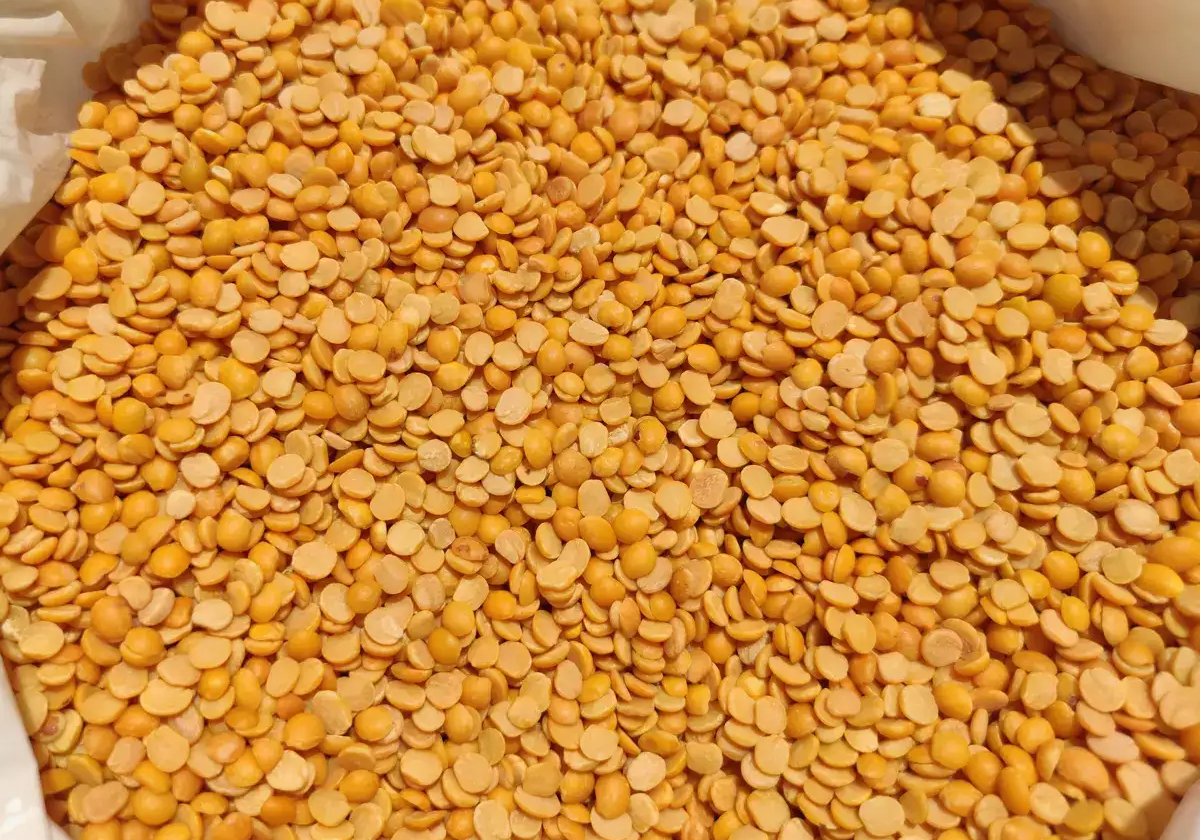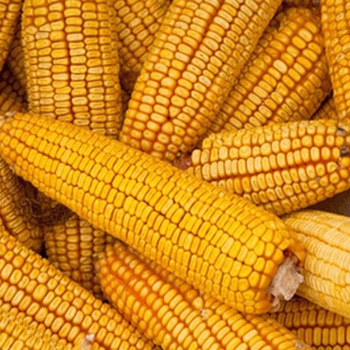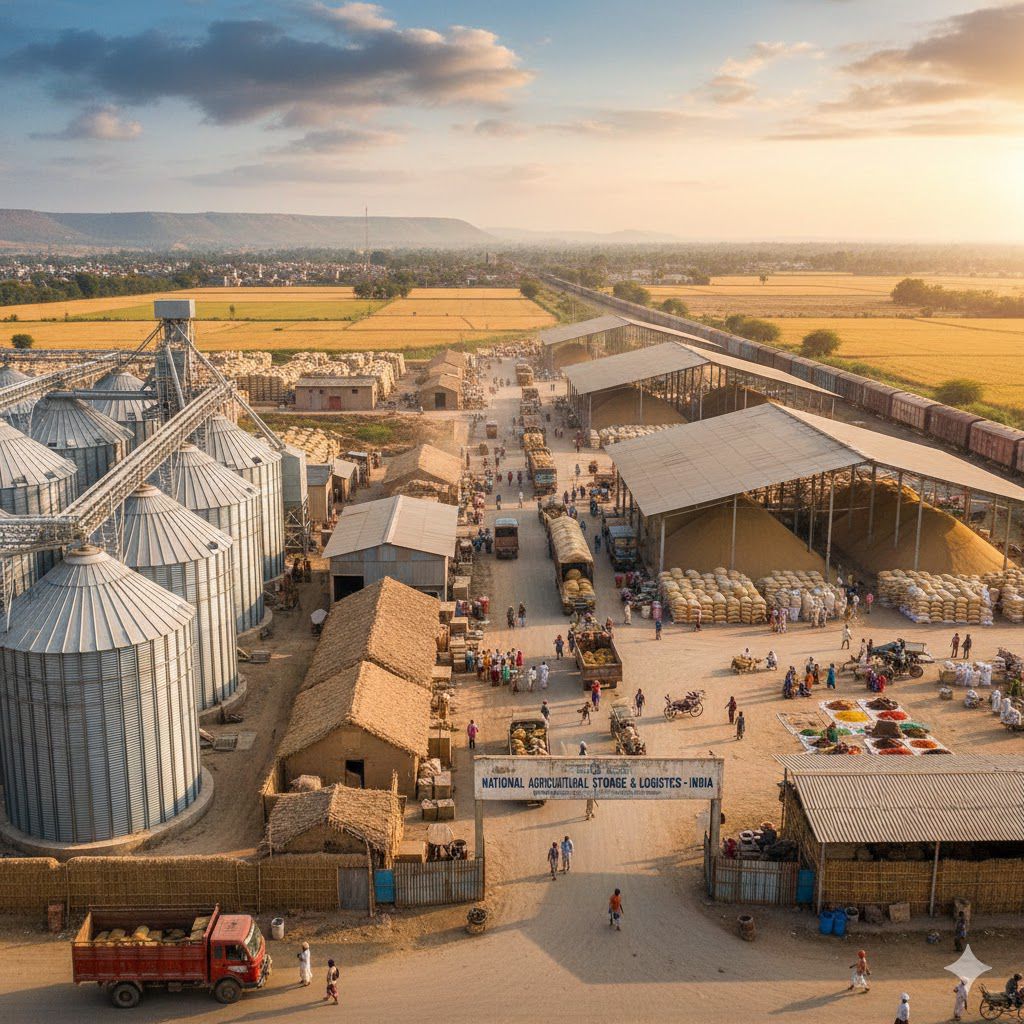The IT services industry has remained a key growth catalyst in its economy. This industry grew to $181 billion in 2018-19, accounting for nearly 45% share of India’s total services exports and contributing around 7.7 % to the country’s GDP.
Even with economic uncertainties, India has the absolute capability of emerging as a technology superpower – we have it all. We have one of the largest youth populations in the world, a thriving startup ecosystem, and a business environment where you are allowed to fail.
If IT services companies collaborated more with startups and developed joint go-to-market efforts, it could create a win-win scenario. The startup gets access to a new market/segment/company; the IT Services company gets access to a new technology offering, which could pitch to its other existing customers; and the end customer gets an opportunity to undertake an innovation in a stable IT environment. This three-way alliance automatically creates a network where different organizations get a chance to innovate, try new ideas, and unlock new business opportunities.
National and state governments need to work together to foster digital growth, and that can happen if governments improve the infrastructure and digitalization of their operations. And what could be better than IT services to help with this digitalization! Strengthening the IT services sector will help create the next wave of large-scale employment.
Now talking about the involvement of information technology into Indian agriculture and given its complexity, no single policy change or technology shift will move the country toward its dual goals of continuing to strengthen the competitiveness of Indian agriculture and raising income for smallholder farmers, but the digital transformation of agriculture occurring worldwide holds some promise for progress.
Better prices for agricultural produce with transparent trading facilities and financial assistance are the need of the hour for farmers. agribazaar is committed to fulfilling the same with its agri-trading platform. We are focused on a system of competitive buying and ensuring that the producers are not subjected to exploitation and receive remunerative prices. We provide an open online marketplace to the buyer at a fair price.
We’ve also developed an e-mandi platform for the farmers to compare the mandi prices for their respective commodities, which they can also trade for better prices. We’ve come up with many other features like trade floor, crop advisory, yield estimates, and production acreage. agribazaar also delivers good logistics services in collaboration with third-party service providers. But the hindrance of the right farming equipment is an obstacle in farmers’ lives, and modern technology has adapted to the needs of current farming practices. Implementation and training of equipment and machinery are essential and can change the lives of farmers. Therefore, a team of professionals must be appointed for the welfare of the agricultural division of the economy. Otherwise, the unawareness of farmers can hinder their thriving agriculture and crop harvesting practices.
Conclusion
The Indian farmer and those working for their welfare need to be empowered to face the emerging scenario of complete or partial deregulation and reduction in government protection, opening up of agricultural markets, fluctuations in a farming environment, and exploiting possible opportunities for exports. Quality rural life can also be improved by quality information inputs that provide better decision-making abilities. IT can play a significant role in facilitating the process of agricultural transformation of rural India to meet these challenges and remove the fast-growing digital divides.
Sources: economictimes.indiatimes.com
https://www.researchgate.net/publication/








 Connect With Us
Connect With Us